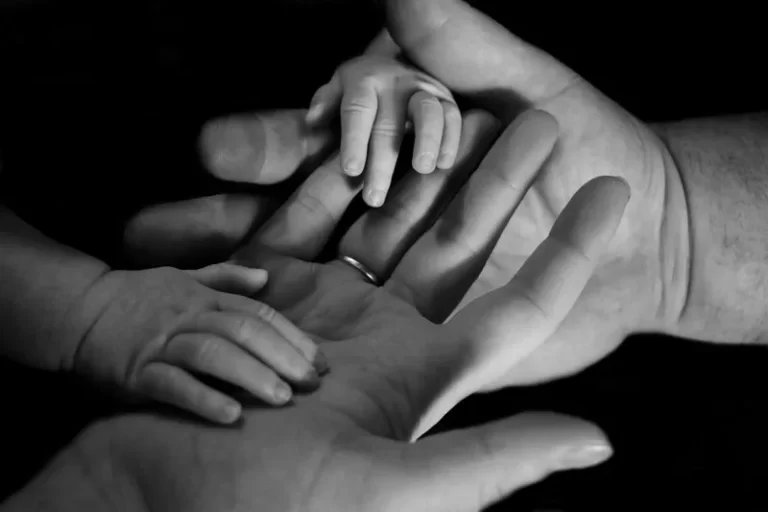Table of Contents
- The Sociological Significance of Abortion
- Abortion and the Emergence of Social Movements
- Abortion in Global Context
- Strategies of Abortion Movements
- Intersectionality and Abortion Activism
- Abortion, Politics, and the State
- Abortion and Social Change
- Conclusion
Abortion has long been one of the most contested issues within societies, shaping debates across law, politics, religion, and culture. It is more than a matter of individual choice; it is embedded in social structures, moral discourses, and political struggles. From feminist campaigns for reproductive rights to religiously inspired pro-life activism, abortion is a site where social movements converge, clash, and transform the public sphere. This article examines the relationship between abortion and social movements, providing a sociological analysis suitable for undergraduate students. In doing so, it highlights the complexity of abortion as a public issue and traces the diverse forms of mobilization it generates globally.
The Sociological Significance of Abortion
Sociologists regard abortion not only as a personal or medical matter but also as a social issue that reflects broader dynamics of power, gender, and ideology. Its sociological importance lies in the way it reveals deeper social tensions and hierarchies. Key considerations include:
- Power and Authority: Who has the authority to regulate reproduction? States, religious institutions, and medical professionals all claim a stake, and their competing claims shape public discourse.
- Gender Relations: Abortion debates are deeply linked to women’s autonomy, bodily integrity, and gender equality. These debates expose structural inequalities that persist in both law and culture.
- Moral Regulation: Abortion demonstrates how societies attempt to regulate morality through laws, norms, and institutions, showing how deeply personal decisions become matters of public surveillance.
By framing abortion as a social issue, sociology helps us understand why it becomes a central focus of organized collective action, why it remains an enduring subject of contention, and why it mobilizes people across generational, class, and cultural lines.
Abortion and the Emergence of Social Movements
Social movements emerge when groups mobilize around shared grievances, identities, or aspirations. Abortion provides fertile ground for mobilization because it embodies moral, ethical, and social tensions. The intensity of these tensions ensures that abortion is never merely a private matter but a catalyst for widespread political and cultural activism.
Feminist Movements and Reproductive Rights
From the 1960s onward, feminist movements positioned abortion as a cornerstone of reproductive rights. For feminists, access to safe and legal abortion represented freedom from patriarchal control and the ability to participate fully in public life. Their strategies included:
- Public protests and marches demanding bodily autonomy.
- Strategic use of legal challenges to liberalize abortion laws.
- Coalition-building with healthcare professionals, civil rights activists, and other progressive groups.
- Educational campaigns designed to destigmatize abortion and highlight the consequences of unsafe procedures.
The feminist framing of abortion as a human right shifted the discourse from a matter of morality to one of justice and equality. By centering abortion in the wider struggle for women’s rights, feminists contributed to reshaping legal frameworks, cultural narratives, and even healthcare policies.
Pro-Life Movements and Moral Mobilization
In parallel, pro-life movements arose to defend the sanctity of unborn life. Rooted often in religious traditions, these movements:
- Framed abortion as murder, mobilizing moral outrage among broad publics.
- Built strong networks through churches, faith-based organizations, and conservative political parties.
- Used emotional imagery and rhetoric, such as fetal photography, to generate empathy for the fetus and portray abortion as violent.
- Developed community support initiatives such as crisis pregnancy centers to provide alternatives to abortion.
By defining themselves as protectors of the vulnerable, pro-life activists positioned abortion as a societal crisis demanding collective resistance. Their ability to merge moral arguments with institutional power has given them a lasting role in abortion politics.
Countermovements and Polarization
Abortion illustrates the concept of countermovements in sociology. A countermovement emerges to oppose an existing movement, creating enduring polarization. Feminist and pro-life movements mirror each other, each framing abortion through competing moral logics. This dynamic produces long-lasting cultural divides, legislative stalemates, and political deadlock. In many countries, abortion is the paradigmatic example of how countermovements sustain moral contestation over decades.
Abortion in Global Context
Abortion debates and movements are not uniform across societies. They vary depending on political regimes, religious traditions, and cultural norms. This comparative perspective allows students to see how social structures shape activism in distinct ways.
Liberal Democracies
In liberal democracies, abortion movements typically operate through public protest, lobbying, and electoral politics. Courts often become arenas where abortion rights are contested and codified. The U.S. example, with landmark cases such as Roe v. Wade and subsequent legal reversals, illustrates how judicial decisions can both empower and constrain movements. In Europe, by contrast, many states liberalized abortion earlier and with less polarization, though debates persist around access and funding.
Authoritarian Regimes
In authoritarian contexts, abortion politics may be shaped more by demographic agendas than by moral debates. States may restrict or expand abortion access depending on whether they seek to increase or decrease population size. In such contexts:
- Movements may face repression but still mobilize covertly through informal networks.
- Women’s health advocates may frame abortion as a public health necessity rather than a political right.
- The state may instrumentalize abortion access as part of national strategies, reducing the influence of grassroots activism.
Global South Perspectives
In many parts of the Global South, abortion movements are entangled with struggles over colonial legacies, public health crises, and economic inequality. For example:
- Women’s groups link abortion rights to maternal health and survival, emphasizing that unsafe abortions remain a leading cause of maternal mortality.
- Religious authorities often exercise strong influence, shaping moral discourse and constraining reform efforts.
- International organizations play a major role, framing abortion as part of global development, human rights, and gender equality agendas.
These dynamics demonstrate how abortion movements intersect with broader struggles for democracy, healthcare, and women’s empowerment in the Global South.
Strategies of Abortion Movements
Get the full article AD FREE. Join now for full access to all premium articles.
View Plans & Subscribe Already a member? Log in.





